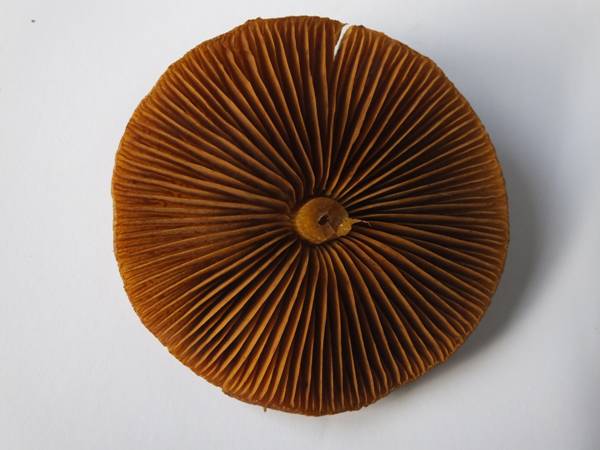

The mature basidiospore is attached to a slender aerial projection called a sterigma ( Fig 1). Ballistospore discharge does not occur in other fungal phyla. This ballistospore discharge mechanism launches basidiospores from mushroom gills and spines, and from the inner surfaces of tubes in poroid species, and also propels rust, smut, and yeast spores into the open air. Spore discharge powered by fluid movement over the spore surface is a defining characteristic of the Basidiomycota and is utilized by the majority of species in the phylum ( Webster and Weber 2007). Limitations to the distances traveled by basidiospores are discussed in relation to the mechanics of the discharge process and the types of fruit-bodies from which the spores are released. These are, respectively, the longest and shortest predicted discharge distances for ballistospores. Extrapolation of velocity measurements from these fungi provided estimates of discharge distances ranging from a maximum of almost 2 mm in A.

gigasporus and slightly larger than those of H.

Neither species has been studied using high-speed video microscopy, but this technique was used to examine ballistospore discharge in species with spores of similar sizes (slightly smaller than A. Minimum spore dimensions in this species, 3.5 × 0.5 µm, correspond to a volume of 0.5 fL and mass of 0.6 pg. The smallest recorded basidiospores are produced by Hyphodontia latitans (Hymenochaetales). The maximum dimensions of the spores, 34 × 28 µm, correspond to a volume of 14 pL and to an estimated mass of 17 ng. Aleurodiscus gigasporus (Russulales) produces the largest basidiospores on record. This paper is concerned with the operation of the launch mechanism in species with the largest and smallest ballistospores. Active discharge of basidiospores in most species of Basidiomycota is powered by the rapid movement of a droplet of fluid, called Buller’s drop, over the spore surface.


 0 kommentar(er)
0 kommentar(er)
